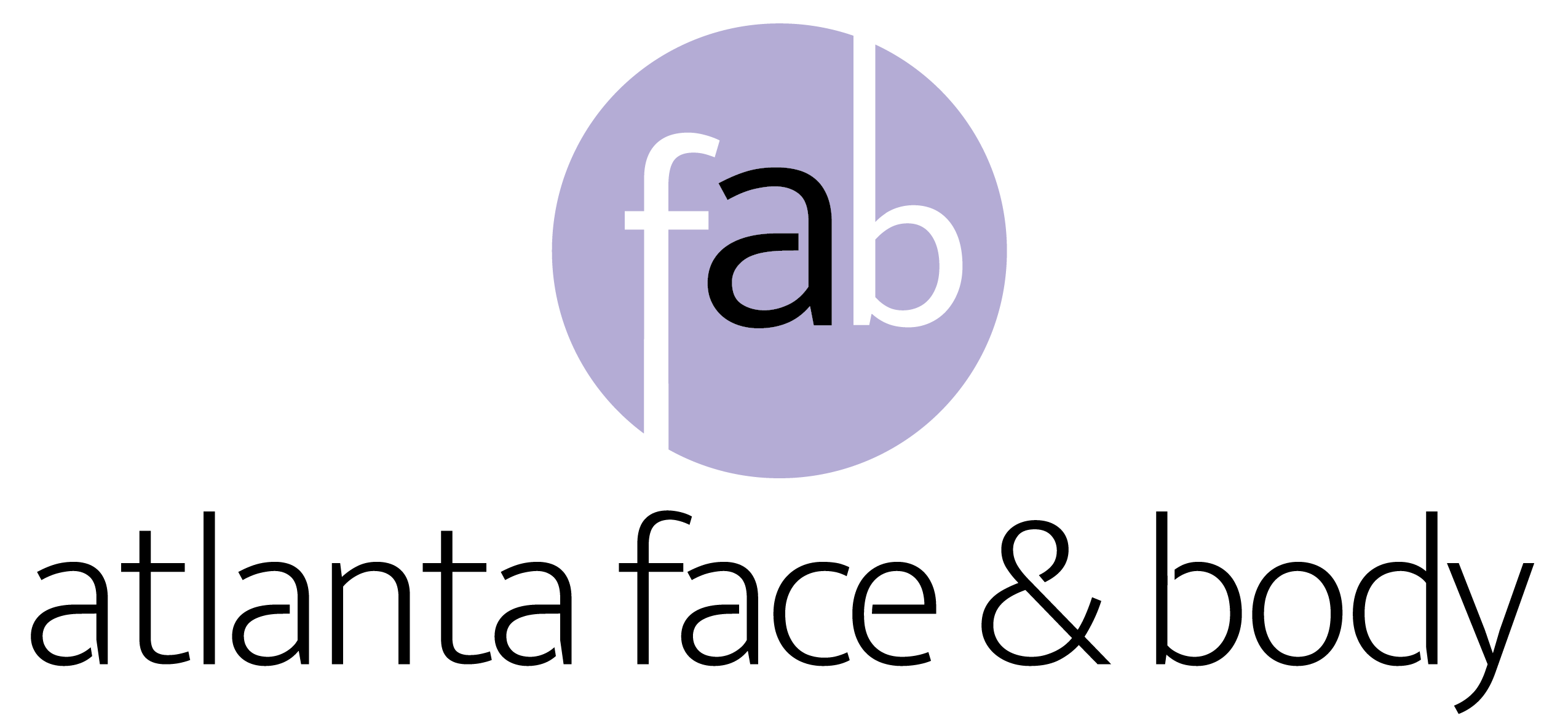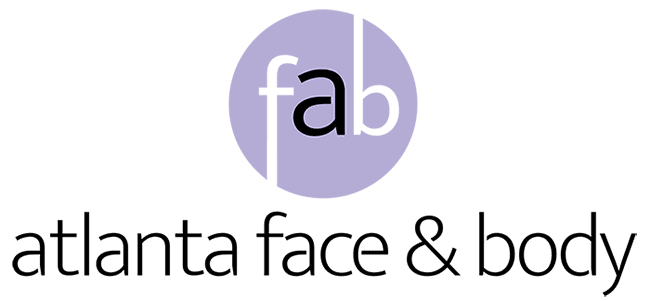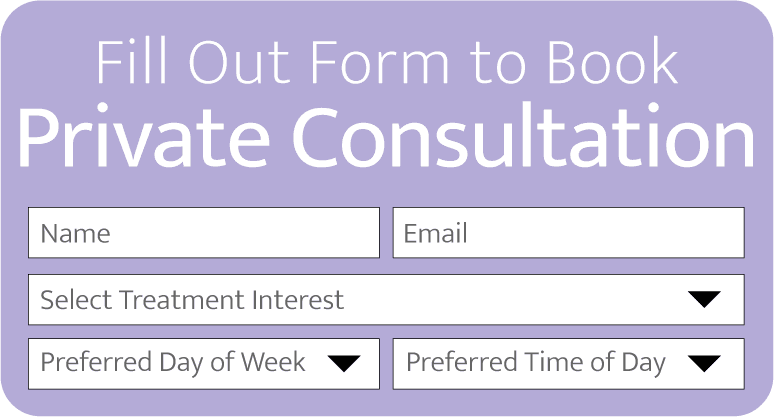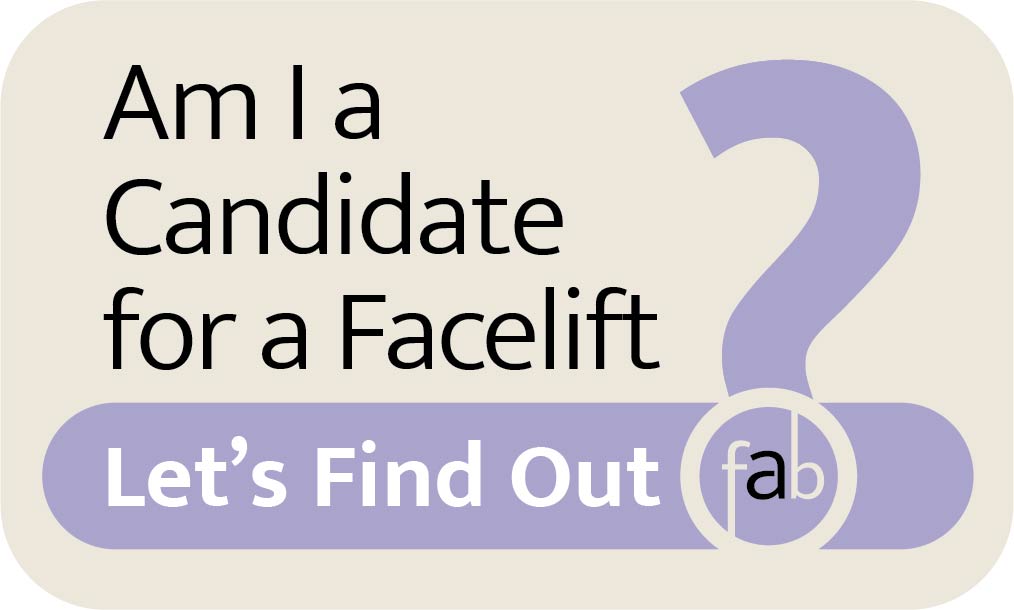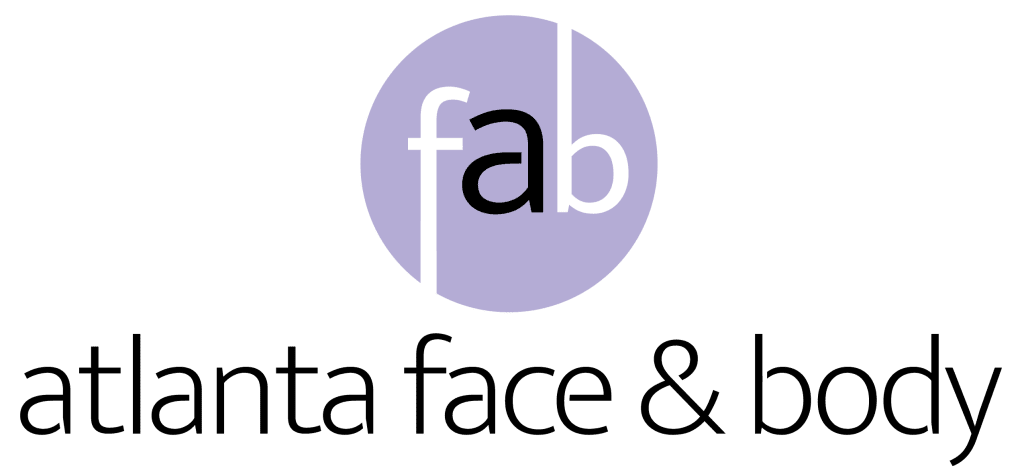One of life’s greatest inevitabilities is that we all grow older — the reality is that there’s no way to slow down the progression of time and signs of aging. No matter how fastidious you are about your skincare routine, the way your face ages comes down to genetics and your general lifestyle. This being said, there are a plethora of incredible treatments out there today to keep your skin in the best possible condition. Just one of them being the Signature Lift (Facelift). With this in mind, you may be wondering, what is the best age for a facelift?
The truth is, it varies from one person to the next. But to learn more about when to consider one, check out the rest of this blog.
What Is a Facelift and Why Consider One?
A natural part of the aging process is a loss of elasticity and plumpness in the skin — especially on the face. This leads to the look for wrinkles and sagging skin, specifically around the cheeks, jaw, and neck area.
Enter, the facelift. This procedure is more formally known as a rhytidectomy, and its purpose is to tighten and lift the facial tissues, thereby tightening and lifting the skin.
This procedure may also involve the removal of excess skin and smoothing out deep wrinkles and folds. Bear in mind that it does not include a lift of the eye or brow area. But you can, by all means, request to have these procedures done at the same time. So, in short, a facelift focuses on the bottom part of the face and the neck.
But why get a facelift anyway?
Well, it’s one of the best anti-aging procedures on the market today that tightens and removes excess skin from the face. The overall premise is to create a more youthful appearance and to restore the tautness and plumpness of the skin on the lower half of your face.
What is the Best Age for a Facelift?
In some cases, you may not be too old for a facelift. But yes, you can be too young for a facelift as the skin on your face has not even had a chance to age enough. In general, most people under the age of 30 would not suitable for a facelift procedure.
As mentioned previously, when to get a facelift really does depend on the individual. This is because everyone ages differently — we all have our own genetic predispositions that determine how we age. This is why there is no hard-and-fast rule about the best age for a facelift.
But for the most part, many people consider a facelift procedure in their late 40s, 50s, and 60s when the signs of aging start to become more apparent on the face. These signs of aging might include deep lines and wrinkles, and loose, sagging skin.
This means that when you choose to have a facelift, it’s completely personal to you. When the signs of aging start to bother you and non-surgical treatments just aren’t making a difference, this might be a good time to consider a facelift.
The Different Types of Facelifts To Consider
In many instances, you might not even need a full facelift to reverse the signs of aging that might be bothering you. This is where it’s important to know what options you have. Ultimately, you want to discuss what’s best for you with your surgeon beforehand.
Here are some popular options to consider:
1. A Mini Facelift
This is a great option if the signs of aging on your lower face are not that prominent. In fact, it’s a great preventative procedure for those in their early or late 40s and 50s.
If your signs of aging are minor and you only need minimal improvement, then a mini facelift is something to consider. It entails less invasive surgery as well as minimal incisions and reduced recovery time.
2. A Neck Lift
In some cases, your neck might allude to your age, more so than the skin on your face. This is where a neck lift is a good procedure to think about. Basically, it removes sagging, loose skin as well as excess fatty tissue around the neck and lower jaw area (i.e. the jowls).
You can also choose to have a neck lift in combination with a facelift for a full rejuvenation.
3. A Full Facelift
This is also known as a traditional facelift and is ideal for people with moderate to advanced signs of aging. As mentioned, it concentrates on the middle and lower parts of the face, as well as the neck area.
The overall goal is to reshape excess skin and fatty tissue deposits on the face for a smoother, youthful skin texture.
4. Combined Procedures
Then there’s also the option of combining certain procedures for a major overhaul — including the brow, eyes, mid-face, lower jaw area, and the neck.
You can request for a full facelift as well as an eyelid and forehead/brow lift all at once, in the same surgery. Combining all of these procedures means less downtime than scheduling them individually, and can also save you money in the long run.
What To Expect From a Facelift Procedure
Not all facelifts are created equal. This is because each procedure depends on what your personal and preferred results are. This is why you’ll have to meet with your surgeon beforehand to discuss your desired end results.
But before you head into a facelift procedure, it’s wise to know what to expect from this type of procedure and what your recovery will look like. Here’s how it works:
- Your plastic surgeon makes an incision at your hairline at each temple. The incision extends down along your jawline, in front of your ears, hugs your chin, then extends across your lower scalp and back up behind your ears
- After this, the surgeon removes excess fat and skin or redistributes it across your face
- During this step, your surgeon also redistributes muscle and connective tissue to tighten the look of your skin
- If you’re also having a neck lift, your surgeon makes an incision just under your chin, then removes excess skin and fat and tightens the skin
Once the excess skin and fat removal are complete, your surgeon closes the incision with dissolvable sutures, skin glue, or stitches. If they use stitches, you might have to return at a later date for their removal.
What’s worth noting is that the incision is very fine and blends in with your hairline and facial structure. So, this is not something you have to worry about, long-term.
What To Expect From Facelift Recovery
A huge part of the success of your facelift procedure(s) is your recovery. This makes all the difference in how well you heal and the end result you see in the mirror. It’s also important to be realistic about the recovery time with a facelift procedure and schedule the downtime you need to heal.
Here are some important pointers to keep in mind:
You will most likely experience some pain and swelling afterward, which is 100 percent normal. Your surgeon will prescribe you pain medication to take — don’t try and be brave! Take it if you need to.
Make sure you closely follow your surgeon’s instructions post-surgery. You should have a follow-up appointment the next day to remove your dressings or incision drains and schedule your next checkup appointment.
Remember that you will experience a good amount of swelling for at least a few weeks post-surgery. Only then will you be able to see the true results of your facelift — allow your body the time it needs to heal.
What To Expect After a Few Days
It’s completely normal to experience a level of discomfort for the first week after your surgery. But you should not be in excruciating pain. If you need to take pain medication to manage your discomfort, then do so.
Swelling and even some bruising around the incision area are normal and part of the healing process — it’s nothing to worry about. It’s important to be realistic about the results you expect to see during this time. Due to the swelling and bruising, you will not see true results for quite some time.
If you feel like one side of your face is more swollen than the other, this is also normal. As is a feeling of tightness in your neck. This is all a result of your skin, muscle, and connective tissue adjusting post-surgery.
In the first few days after your facelift, try to do as little as possible. You will need to take some time off work and only engage in light housework/errands. Light movement is also recommended as this can aid in blood flow and recovery — but nothing too strenuous.
Slow walking is a good idea and stay away from running or jogging, weightlifting, or excess sweating.
What is the best age for a facelift?
So, what is the best age for a facelift? It all depends on how you age and when you prefer to tackle the signs of aging if they’re bothering you. There’s no ”perfect” time according to age, the decision is yours, and yours alone!
If you’re thinking about a facelift in the near future, then Atlanta Face and Body offers a range of options to suit your desired end result. From Signature Lifts to less invasive FaceTite lifts, as well as forehead, brow, and eyelid lifts, we have an option for everyone.
Learn more about our face procedures here!
